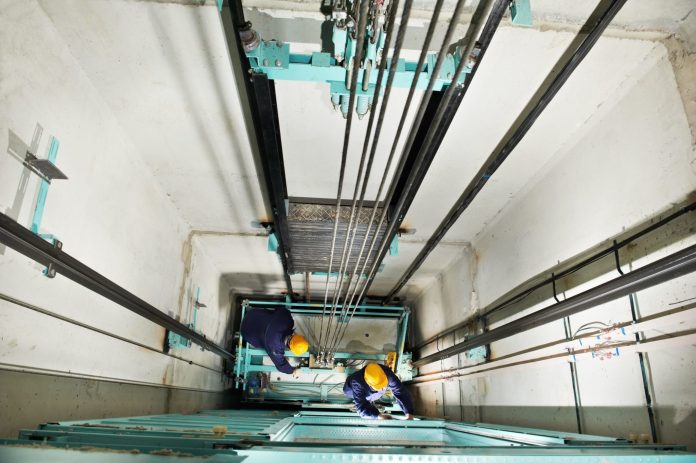Microsoft Hololens and Azure platform join predictive maintenance industrial IoT solution used by Thyssenkrupp
Elevator, escalator and moving walkway manufacturer Thyssenkrupp has been using the predictive maintenance capabilities of Microsoft’s Azure suite, which allows Thyssenkrupp’s service technicians to identify problems with elevators. Combined with the HoloLens “mixed reality” device, technicians can use the industrial IoT tools to work hands-free while on the job, and make remote calls to more experienced technicians who can walk them through solutions – and provide them with valuable on-site education.
“Predicting problems enables us to have fewer service interventions, and this equipment helps us do our job faster,” said Andreas Schierenbeck, CEO of Thyssenkrupp Elevator. “Today our techs have a laptop or cellphone in one hand, or are checking information on laptops. While they’re doing that, they can’t work. But with HoloLens, they can speak with a control room, which guides them to replacing the right components. They can check their work and make sure they don’t have to come back for a second call. They can look at a 3D hologram of parts, explore the system and automatically order what they need. This is important with an urban population that will grow by 3 billion over 3 years. In Manhattan, an elevator is built every day.”
One World Trade Center in New York City is one of many buildings where HoloLens will be used, as the site is already connected via the Microsoft Azure cloud with MAX, Thyssenkrupp’s IoT-enabled predictive maintenance solution.
“Utilizing an out-of-the-box Skype experience without any additional development required, thyssenkrupp’s 24,000 service engineers can now do their jobs safer, and more efficiently, by triaging a service call ahead of the visit,” said Scott Erickson, general manager of Microsoft HoloLens. ,
Erickson also said that using HoloLens is complimentary to MAX, which he describes as Thyssenkrupp’s game-changing service for elevators that leverages the predictive maintenance capabilities of Azure IoT.
In 2014, Thyssenkrupp began collaborating with Microsoft and global systems integrator CGI to develop a solution that securely connects Thyssenkrupp’s thousands of sensors and systems in its elevators to the cloud. With the Microsoft Azure IoT Suite, thyssenkrupp captures elevator data – such as motor temperature, shaft alignment, cab speed and door functioning – and transmits it to a single dashboard. This provides real-time data visualization of immediate issues and information for future management.
“They’ve been with us from the beginning,” said Kevin Miller, a program manager who has worked extensively with Thyssenkrupp Elevator as an Azure IoT engineer for Microsoft. “The company came in with an open mind and an aggressive focus on understanding business better and making it better, putting sensors on a subset of elevators near Microsoft. The telemetry we received from those systems was really step one of this process.”
Powered by Microsoft Azure IoT, this predictive maintenance empowered thyssenkrupp to give 95 million hours of new availability per year of operation to elevator passengers all over the world.
The company’s portfolio includes passenger and freight elevators, escalators and moving walks, passenger boarding bridges, stair and platform lifts, as well as tailored service solutions for all products.

